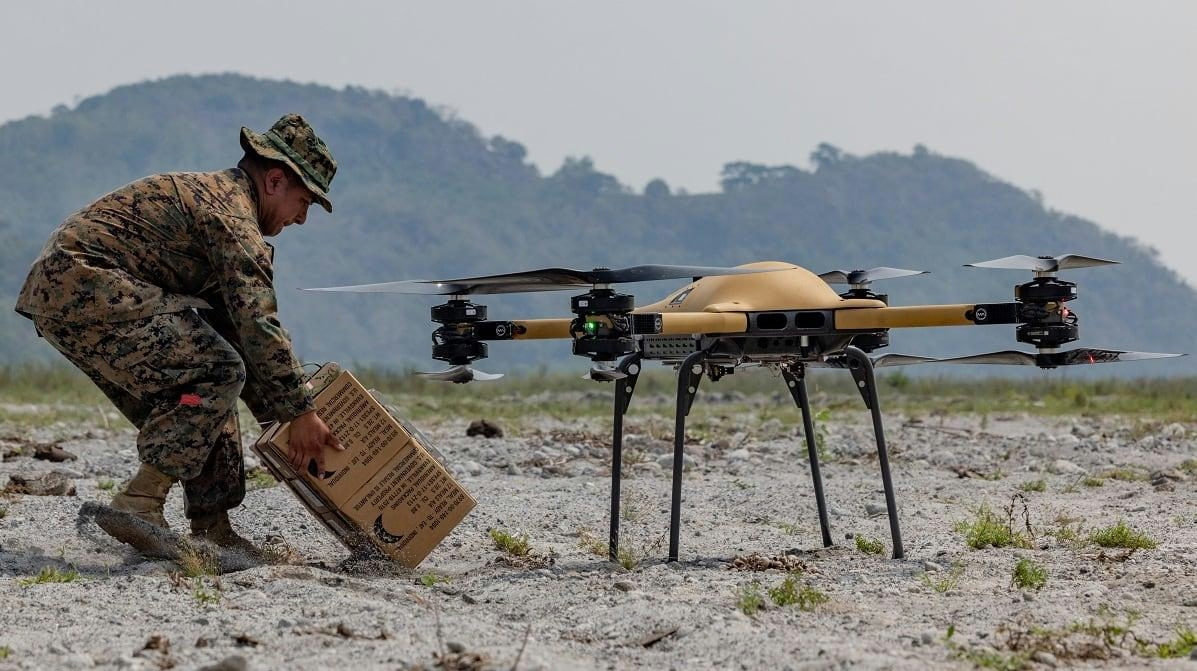
AeroGenie — ваш интеллектуальный второй пилот.
В тренде
Categories
Caerdav to Provide Customized Aircraft Maintenance for AerCap
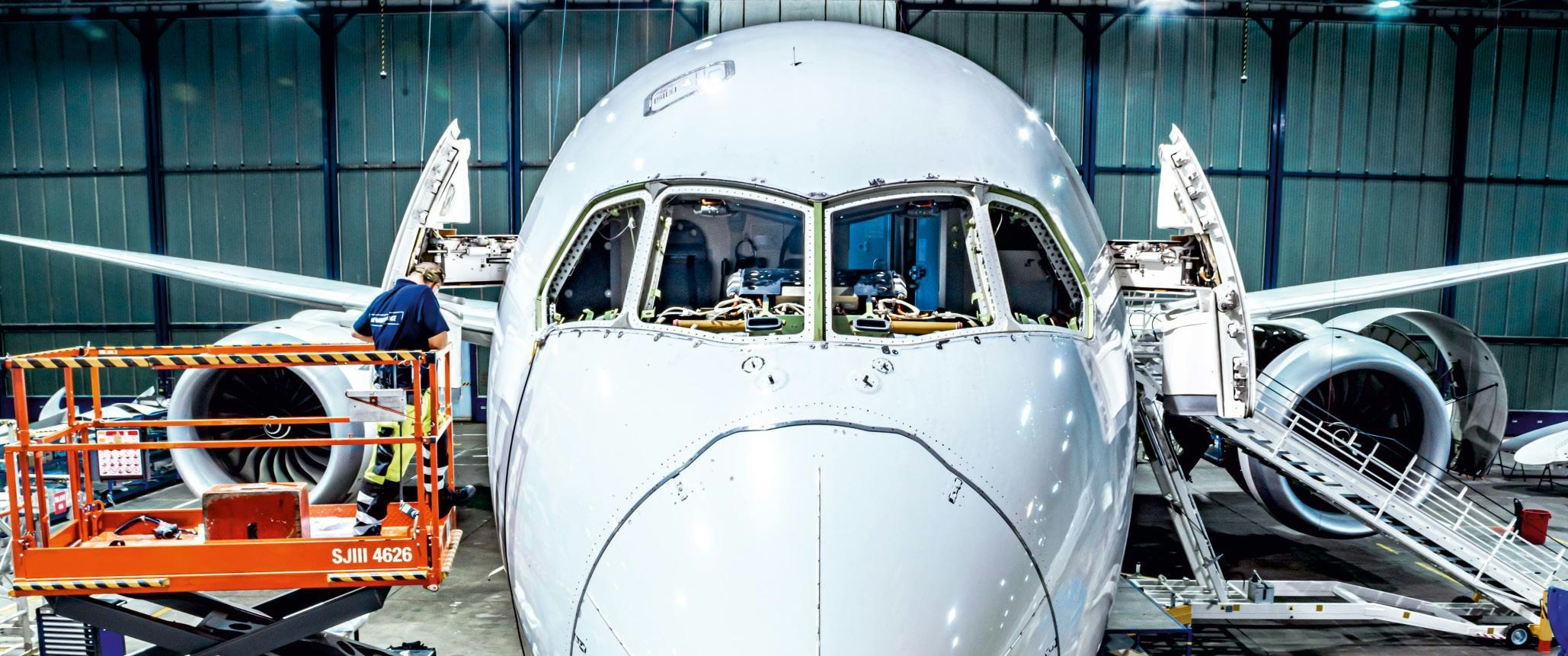
Caerdav to Provide Customized Aircraft Maintenance for AerCap
Strategic Partnership Amid Industry Challenges
Caerdav has entered into a general terms agreement with AerCap to deliver a comprehensive range of maintenance services across the global lessor’s aircraft portfolio. This collaboration highlights Caerdav’s flexible approach and strong in-house engineering capabilities, focusing primarily on Boeing 737 and Airbus A320 aircraft. The scope of work includes end-of-lease and transition checks, entry-into-service tasks, and redelivery maintenance, tailored to meet AerCap’s operational requirements.
Operating from its St Athan facility within the Cardiff Airport Aerospace Enterprise Zone, Caerdav will utilize its skilled engineering teams and adaptable project management to provide bespoke support for AerCap’s fleet. The company’s substantial investment in back-shop capabilities—encompassing non-destructive testing, paint repairs, restoration, and heat treatments—positions it as a comprehensive service provider for leasing customers. This integrated approach aims to streamline maintenance processes and reduce aircraft turnaround times.
Industry Context and Competitive Landscape
The agreement arrives at a time when the aviation maintenance, repair, and overhaul (MRO) sector is confronting significant challenges. A global shortage of technical labor is particularly acute, as evidenced by the Directorate General of Civil Aviation’s (DGCA) recent recruitment efforts in India, where nearly 55% of technical positions remain unfilled. This shortage threatens the availability of skilled personnel essential for specialized maintenance services, compelling MRO providers worldwide to reevaluate their recruitment and training strategies to maintain service continuity.
In response to evolving market demands, competitors are advancing technological capabilities and expanding their service offerings. Firms such as Aeras Aviation are enhancing their presence in key markets like the United States, focusing on end-of-life engine solutions and incorporating AI-supported material planning to improve operational efficiency. These developments reflect a broader industry trend toward digitalization and capacity enhancement, driven by growing demand for MRO services amid the aviation sector’s rapid expansion and the introduction of new engine programs.
Strategic Advantages for AerCap and Caerdav
For AerCap, a global leader in aircraft, engine, and helicopter leasing, the partnership with Caerdav provides access to specialized expertise and a strategically located maintenance hub. The St Athan facility, situated on a former Royal Air Force maintenance base, features a 6,000-foot instrument landing system (ILS) runway and parking capacity for up to 20 narrow-bodied aircraft. This infrastructure underpins Caerdav’s specialization in Airbus A320 and Boeing 737 maintenance.
With a robust growth strategy and expanding capacity, Caerdav is positioned to enhance its support for the leasing sector, navigating the opportunities and challenges presented by a dynamic and evolving MRO landscape.

Kazakhstan Acquires eVTOL Aircraft to Launch Air Taxi Service in Alatau

Tinci Materials Technology to Supply Electrolytes to Zhongchuang Innovation Aviation
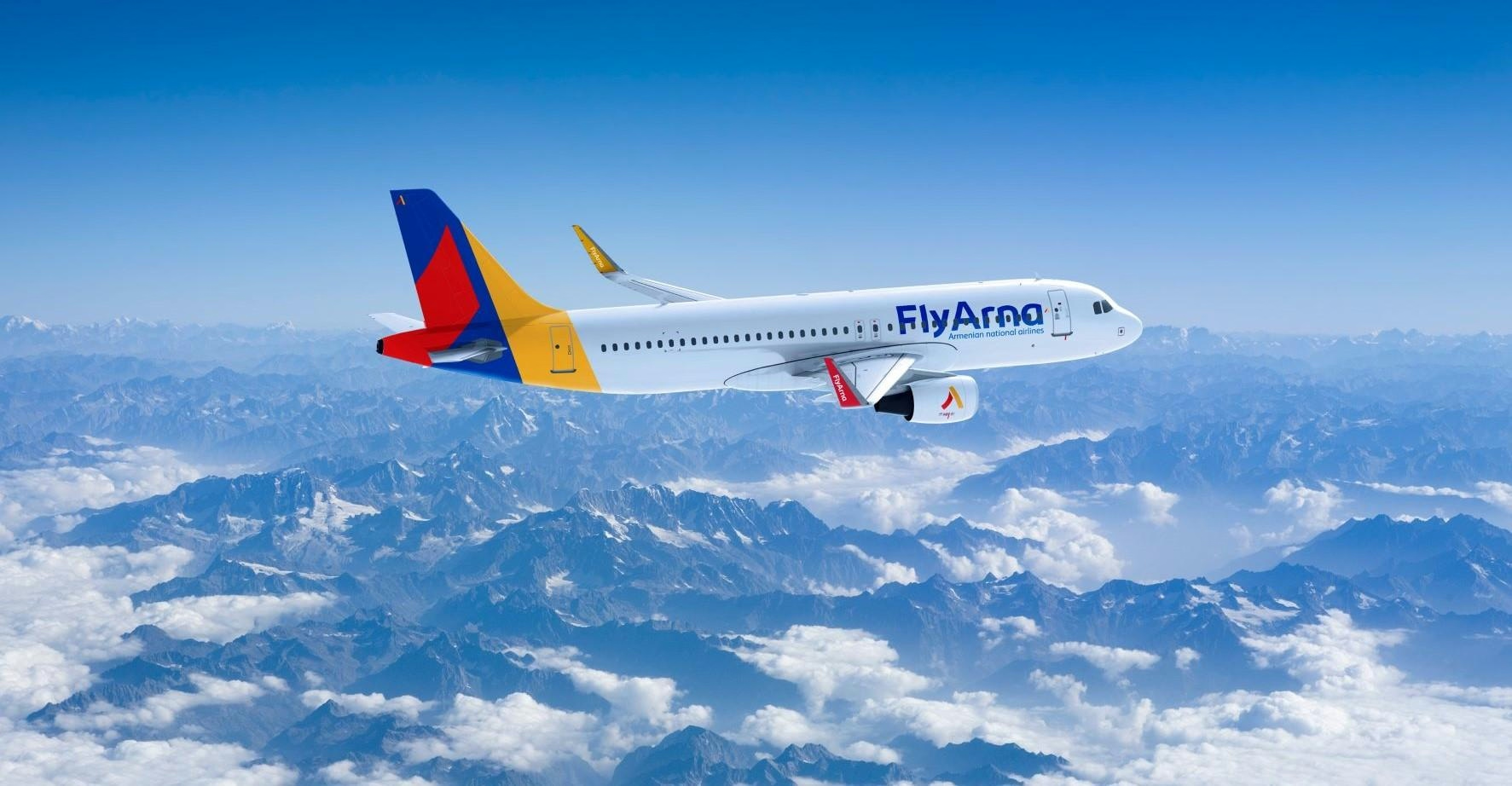
Satair and GAMECO Sign New Airbus Material Support Agreement
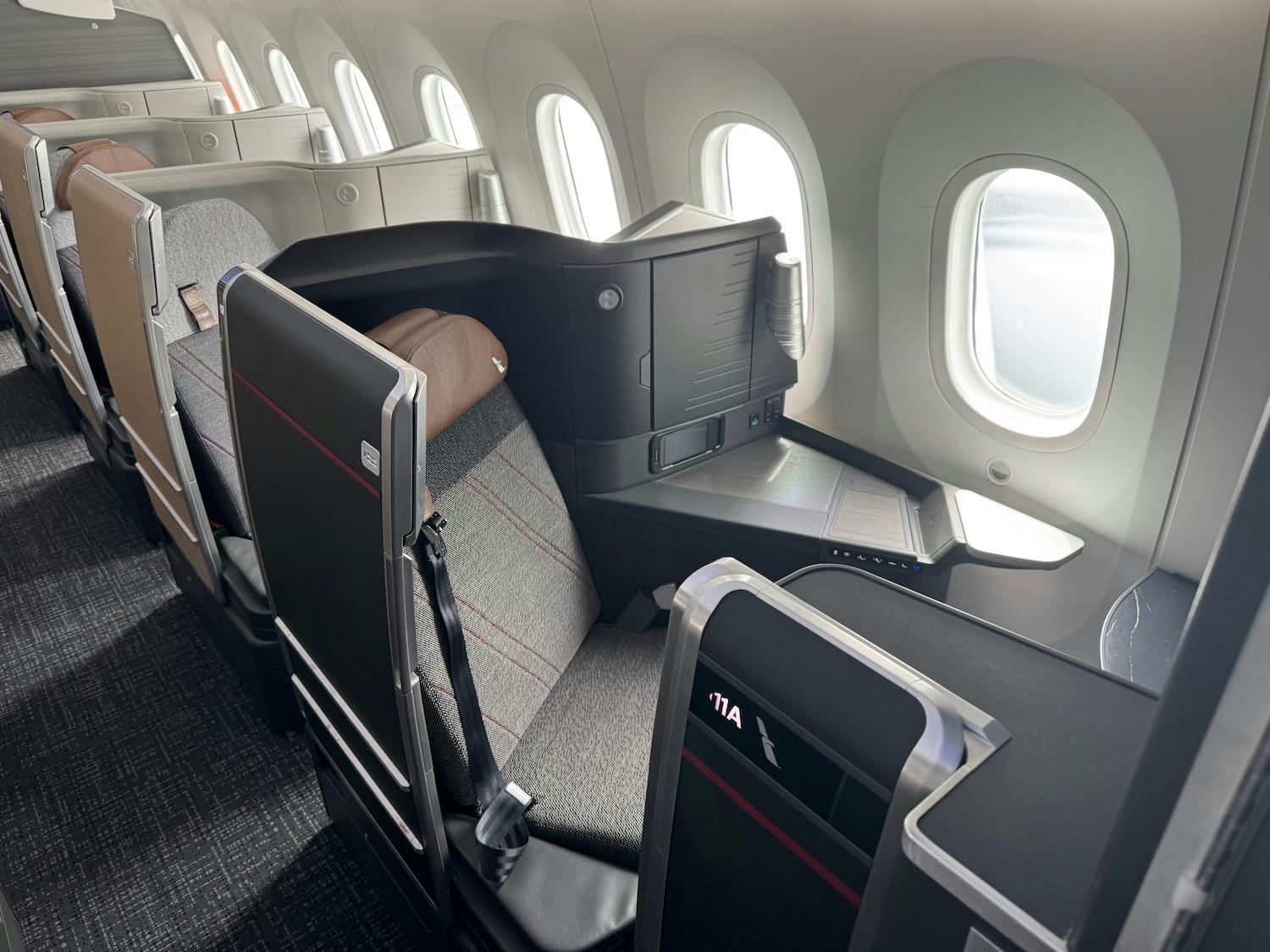
Somon Air Orders Up to 14 Boeing Jets, Including Four 787-9s

Wizz Air Delays Airbus Deliveries and Reduces Long-Haul Jet Orders

Over 100 Flights Delayed at IGI Airport Due to ATC Software Glitch
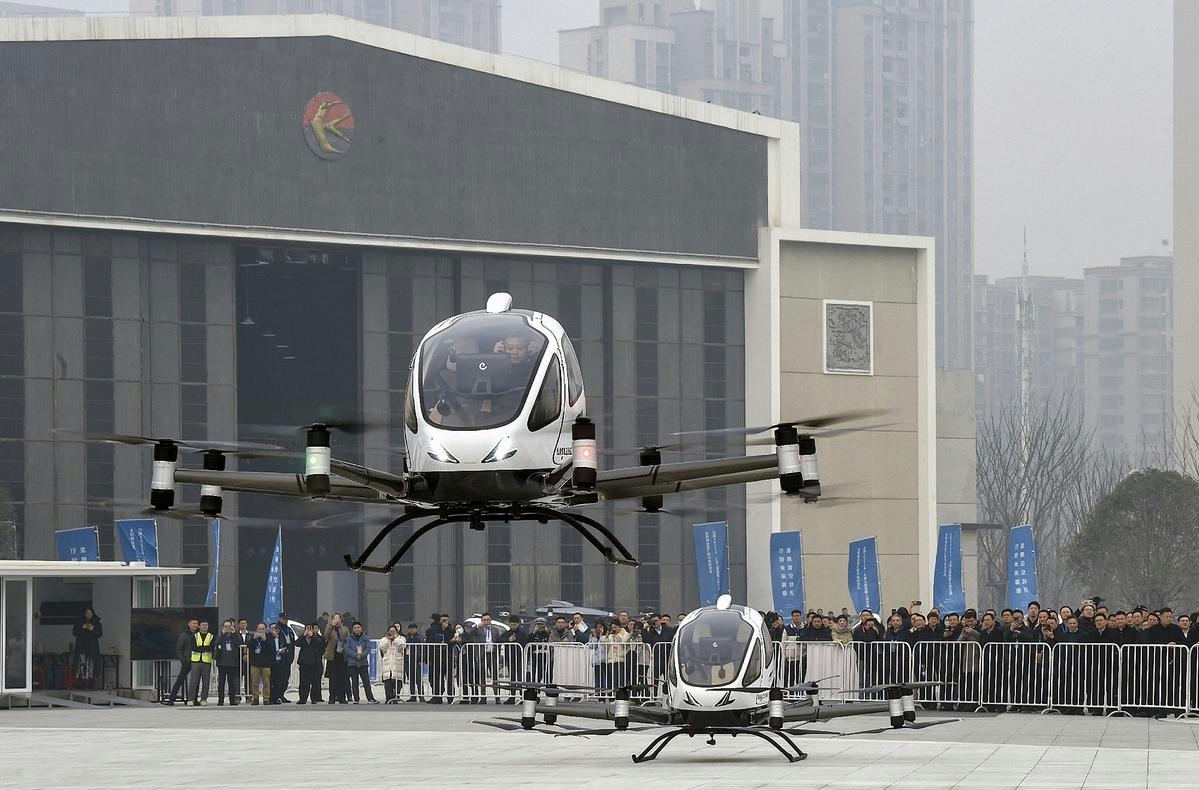
EHang Plans Affordable Air Taxi Service Launch in China Within Three Years
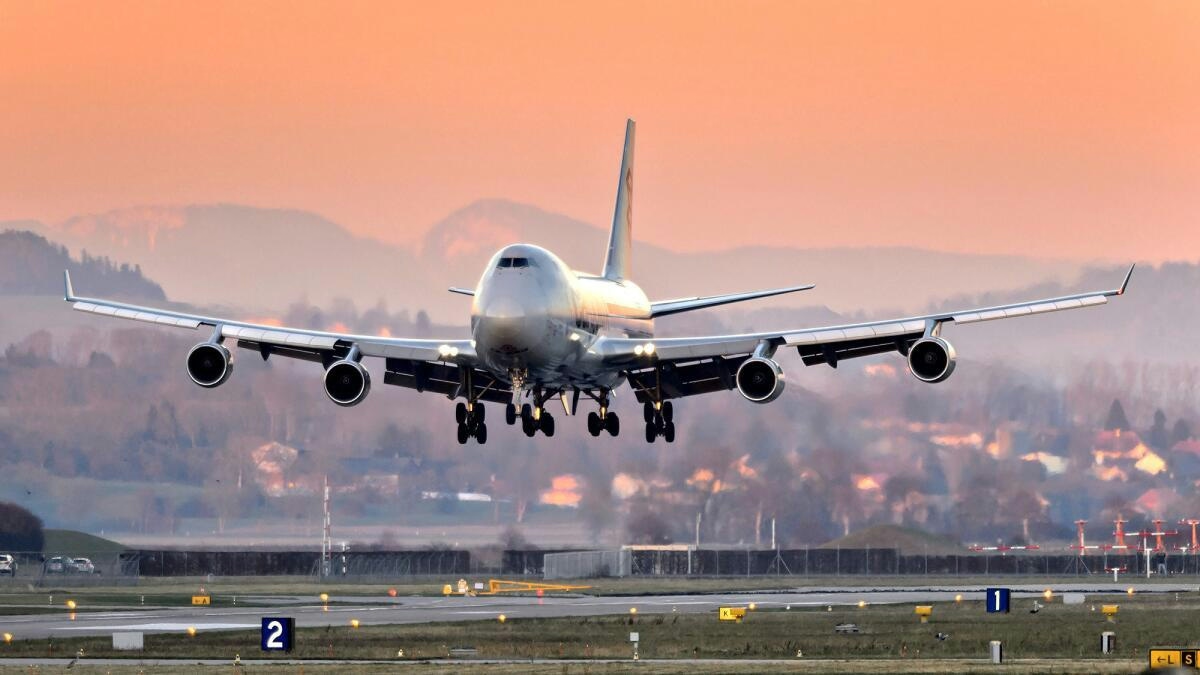
Operating Costs of a Boeing 747 Freighter in 2025
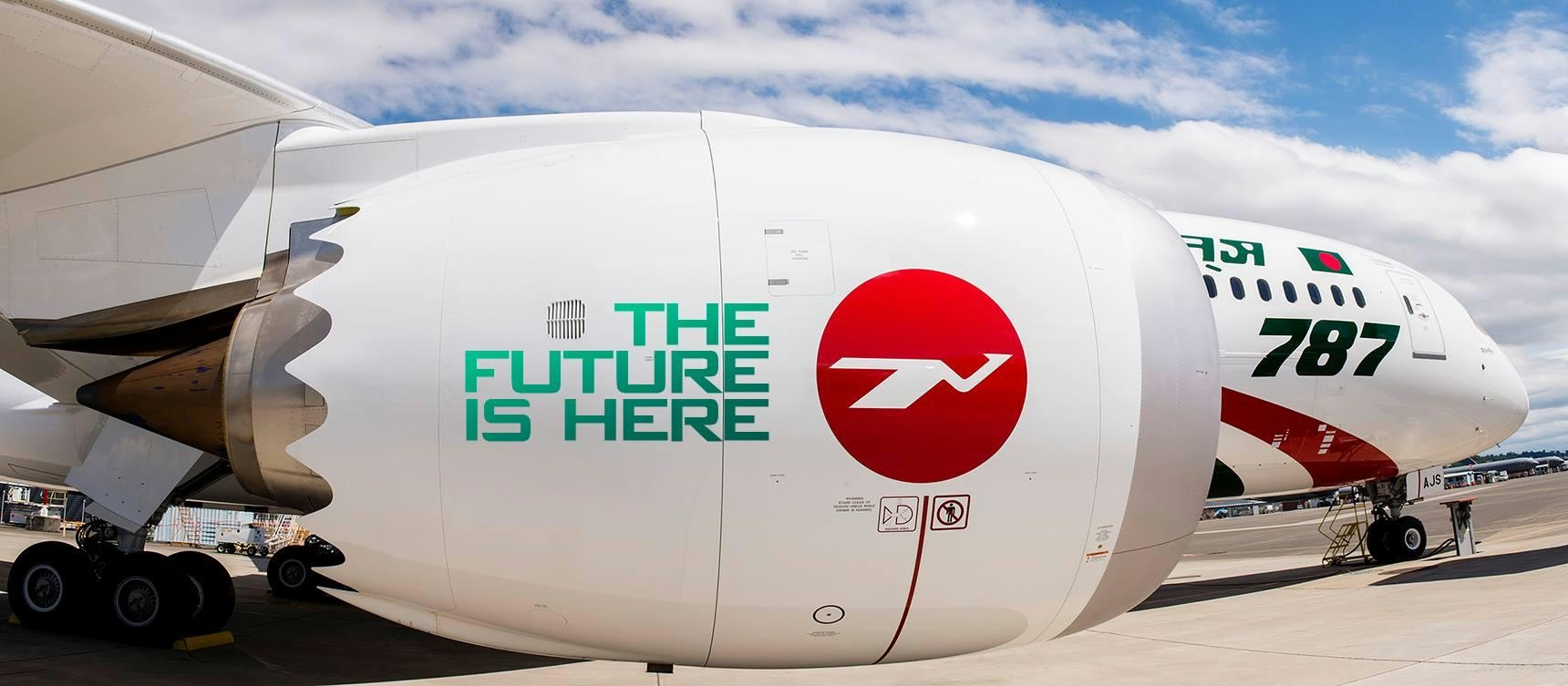
Bangladesh orders 25 Boeing planes, European envoys push Airbus deal
